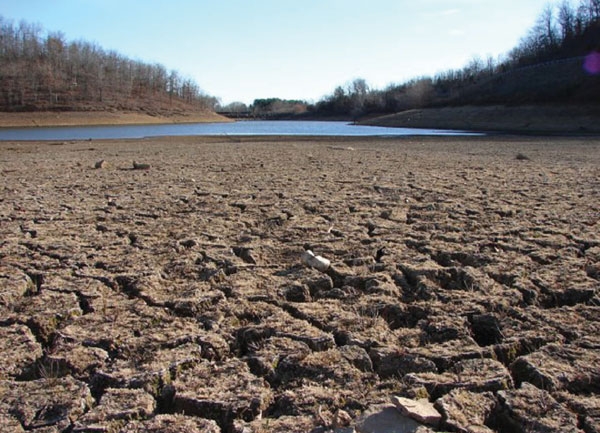
The drought is now so severe that in April Governor Jerry Brown called upon “all Californians, municipal water agencies, and anyone who uses water to do everything possible to conserve.” Just days earlier, University of California President Janet Napolitano paid a special visit to California's heartland to explore how universities could assist.
How might this drought affect food prices? Milton McGiffen, UC Cooperative Extension specialist in the department of Botany and Plant Sciences at UC Riverside, says the greatest impact would indeed be on produce coming from the Central Valley — tomatoes and melons, for example.
"Citrus prices have increased due to the big freeze last December,” he said.“With scarcity of water comes higher water cost, which could result in farmers opting to grow higher value crops, such as fruits and nuts. It's no accident that the cost of a bag of walnuts recently went up about 36 percent at Costco. Research is just beginning now on how some farmers are selling off their farms because of the adverse water situation.”

“There is a conflict between land and water use for growing food or growing cities,” he says. “It comes down to how much we want to see agriculture continuing in the state. It depends, too, on how much we want to charge farmers for water. In Riverside County, farmers got a break in water charges until the late 1980s. After that, they were charged the same amount for water as were homeowners. It became unsustainable for them, and many farmers simply left the region.”
Americans spend about 6.6 percent of their household income on food — by far one of the lowest in the world. McGiffen calculates that if food prices were to increase by 20 percent, Americans would end up spending an extra 1 percent of their household income on food.
“In real terms, will this change how we behave? I'd say probably not. Like lobsters in a slowly heated pot, we will adapt," McGiffen said. "But we cannot afford to forget that we need to produce significant amounts of food. Failing at this would put us at a major disadvantage. Currently, about half of our food comes from other countries — Latin American countries, in particular. We certainly don't want to increase that.”